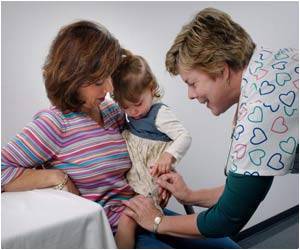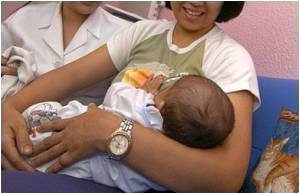More than one in four kindergarten children, and one in five teachers, had difficulty distinguishing between medicine and candy in new research conducted by two, now seventh-grade

The girls obtained a medicine cabinet from The Drug and Poison Information Center at Cincinnati Children's Hospital Medical Center with a mixture of 20 candies and medicines. They then randomly selected 30 teachers and 30 kindergarten students and asked them which items in the cabinet were candies, taking into consideration that many of the younger children were unable to read. In addition, participants were surveyed on how they stored medicine at home and their daily medicine usage.
Students correctly distinguished candy from medicine at a rate of 71 percent, while teachers did so at a rate of 78 percent. Students who couldn't read did significantly worse at distinguishing between candy and medicine compared to students who could read. The most common mistakes among teachers and students were M&Ms being mistaken for Coricidin (43 percent), SweeTARTS for Mylanta (53 percent), Reese's Pieces for Sine-off (50 percent), and SweeTARTS for Tums (53 percent).
"(The candy) most frequently mistaken were circular objects, those similar in color and shine, and those with no distinguishable markings," said Bishop. In addition, 78 percent of the 60 students and teachers in the study said medicines in their homes were not locked and out-of-reach.
"We found that neither teachers nor students store their medicines appropriately at home," said Gittelman. "Interventions to educate families about safe storage of medicines, and manufacturing medicines to have distinguishable appearances may help to reduce unintentional ingestions of medications."
The study authors recommend interventions to educate families about safe storage practices for medication, and the development of medications with distinguishable appearances to reduce unintentional ingestions.
Advertisement
Source-Eurekalert









